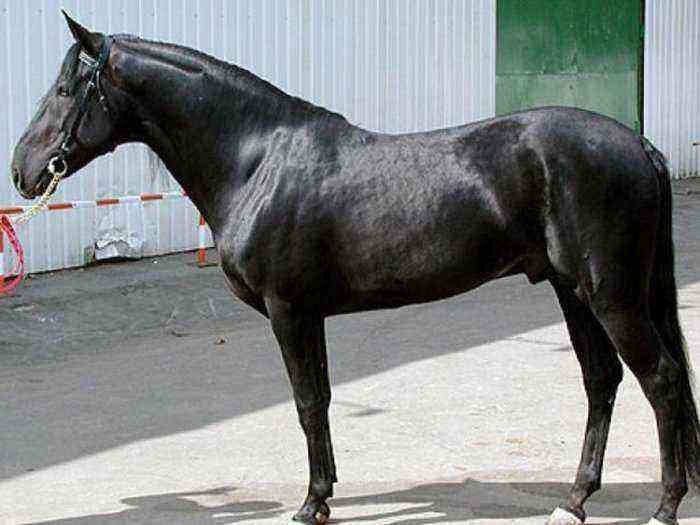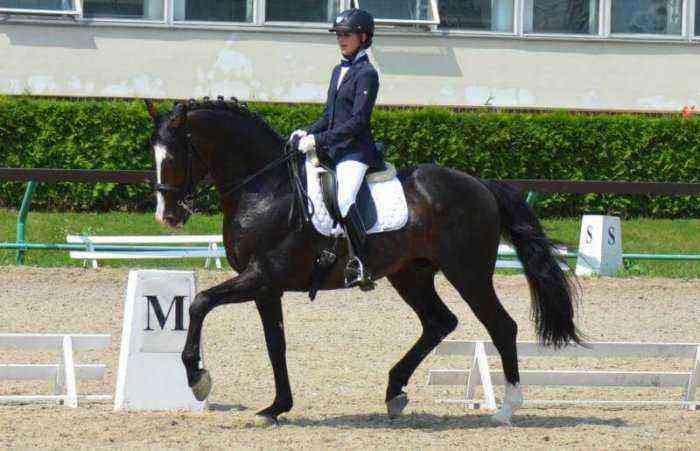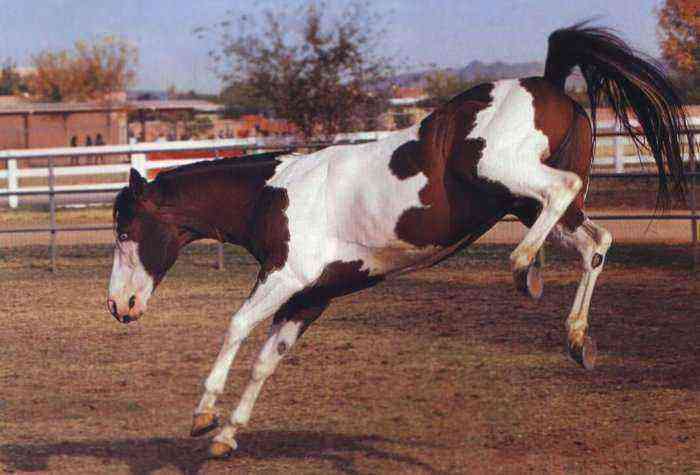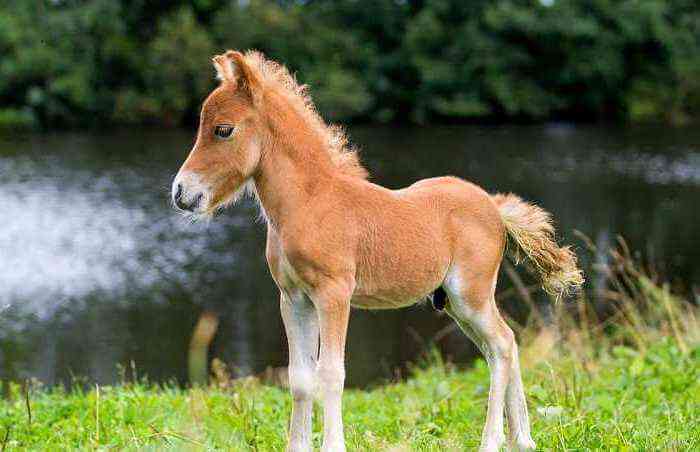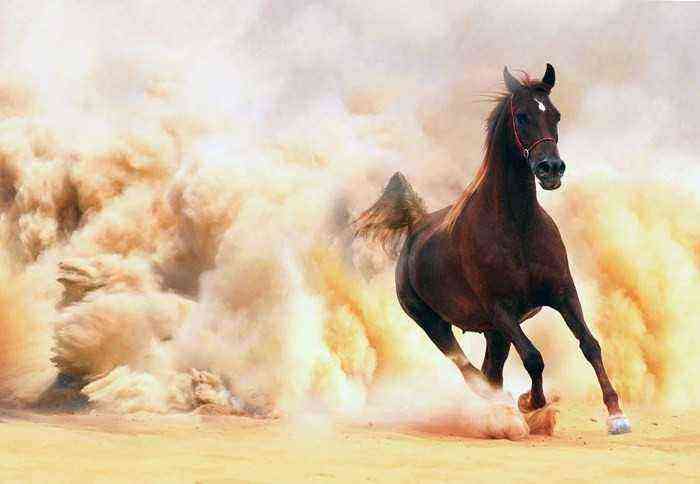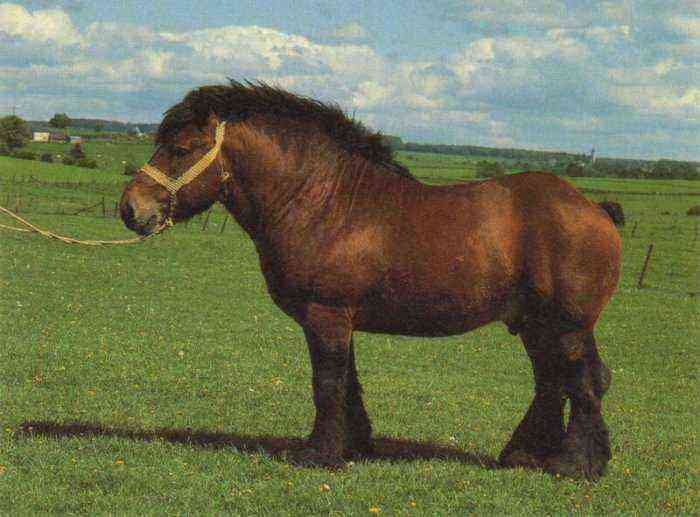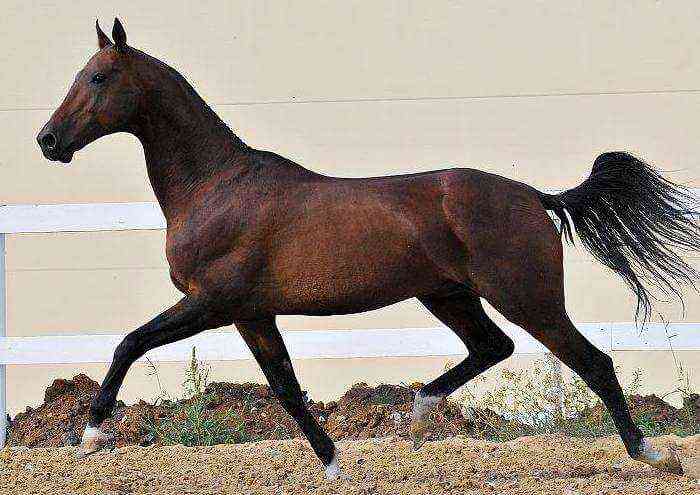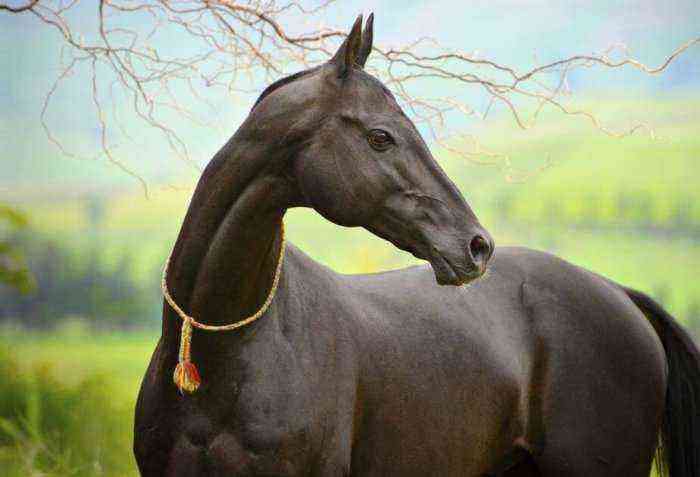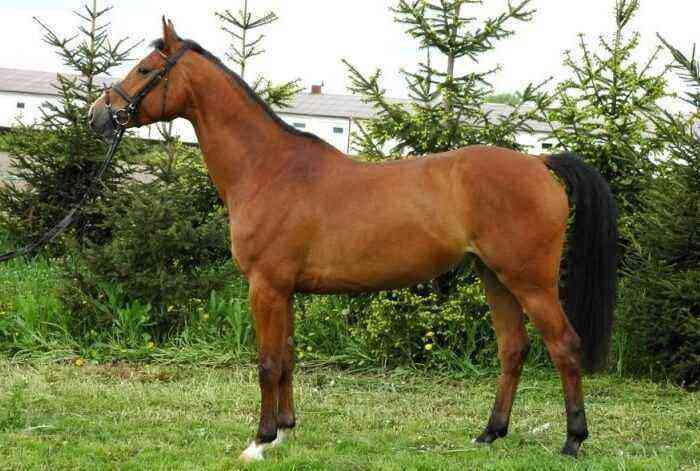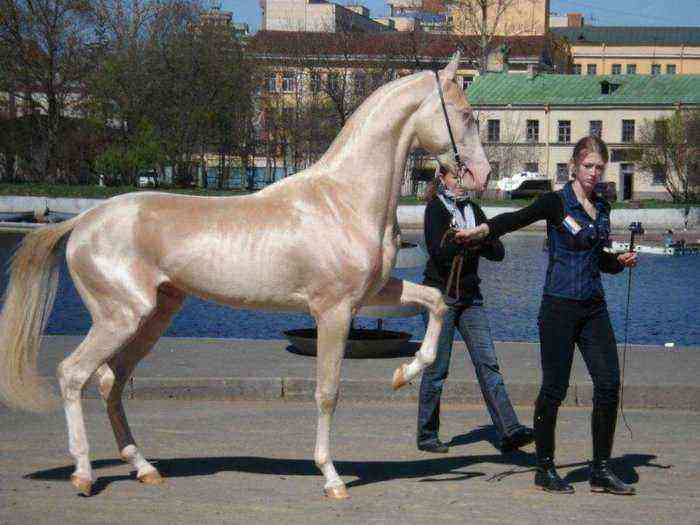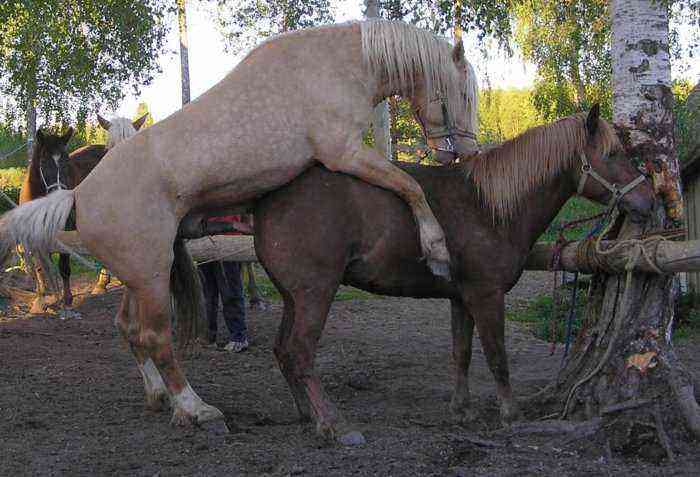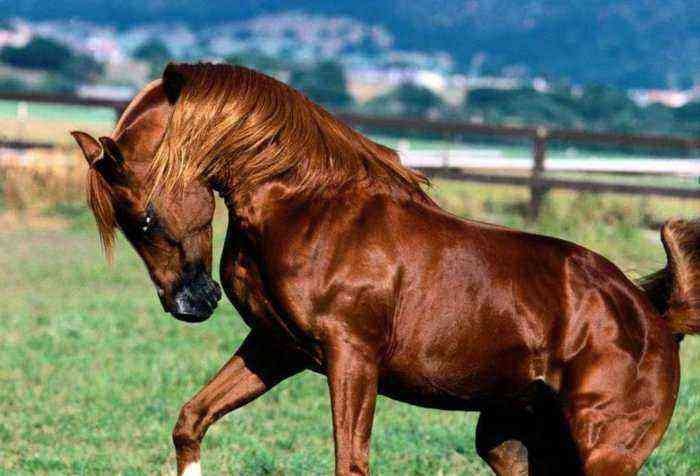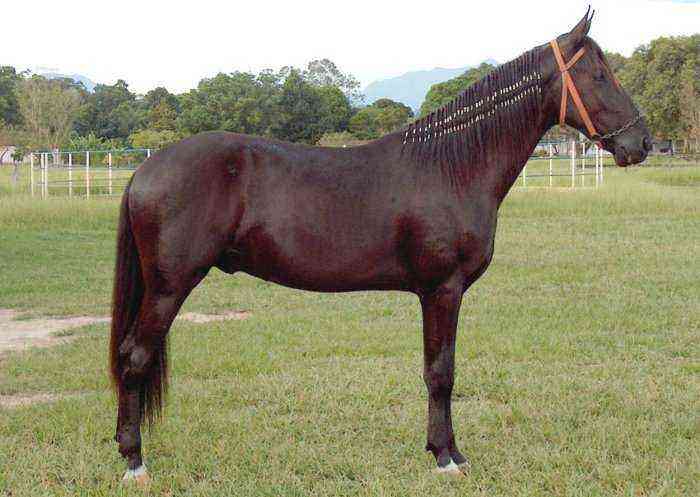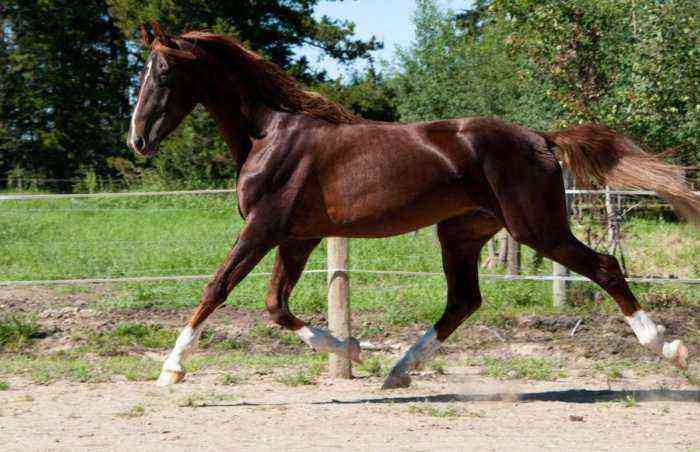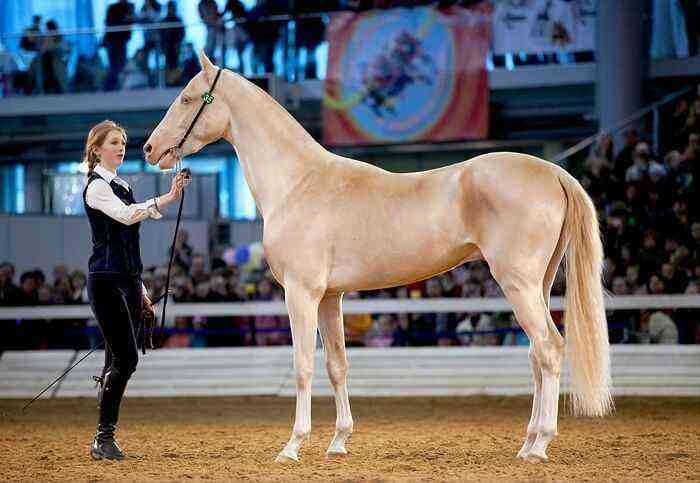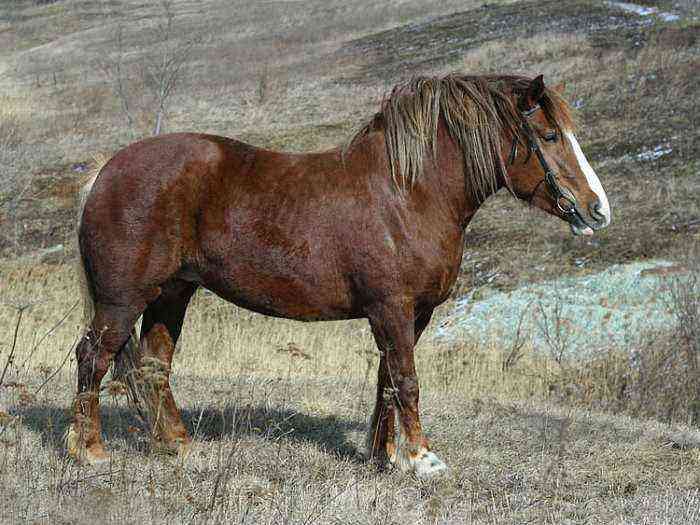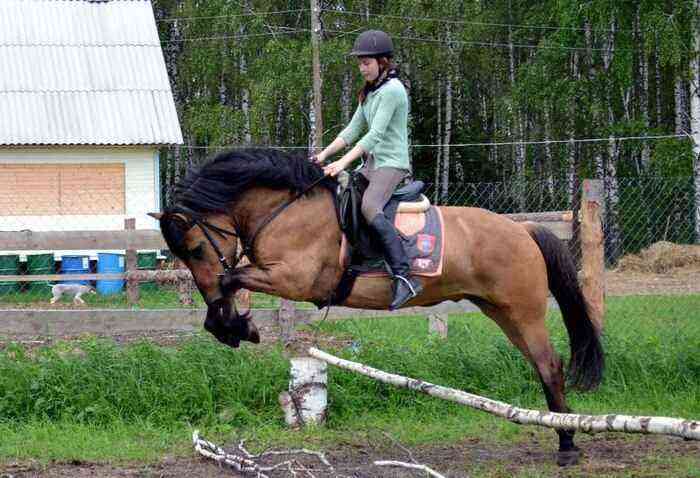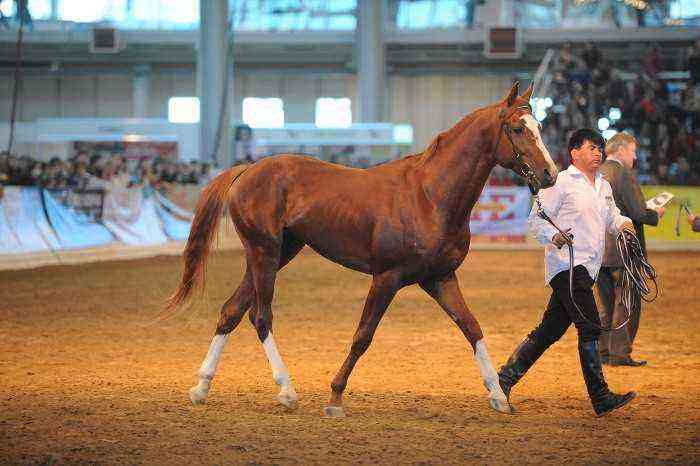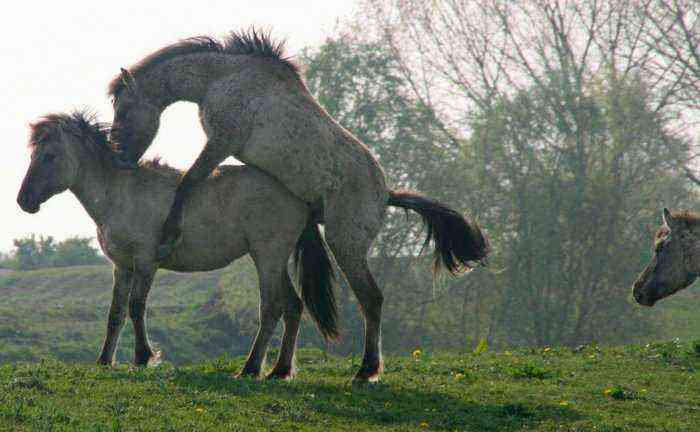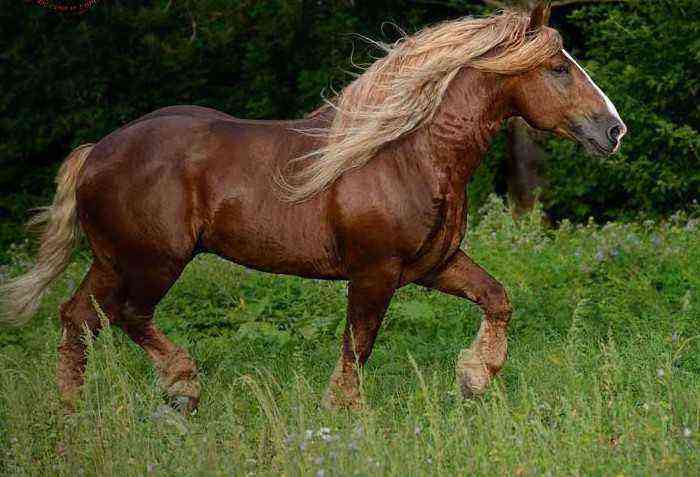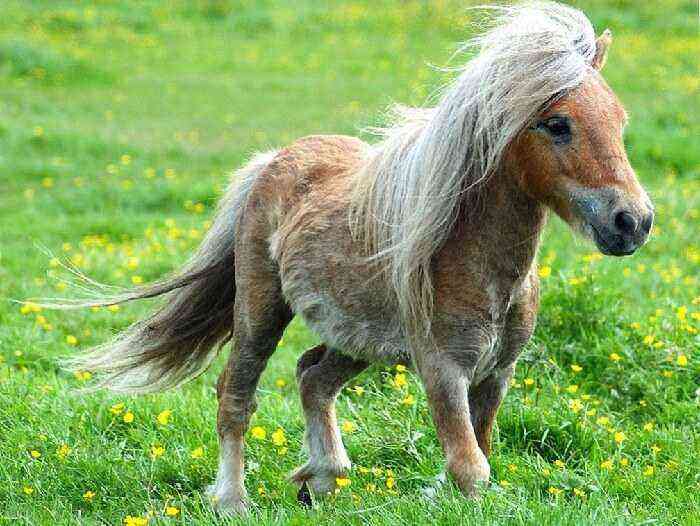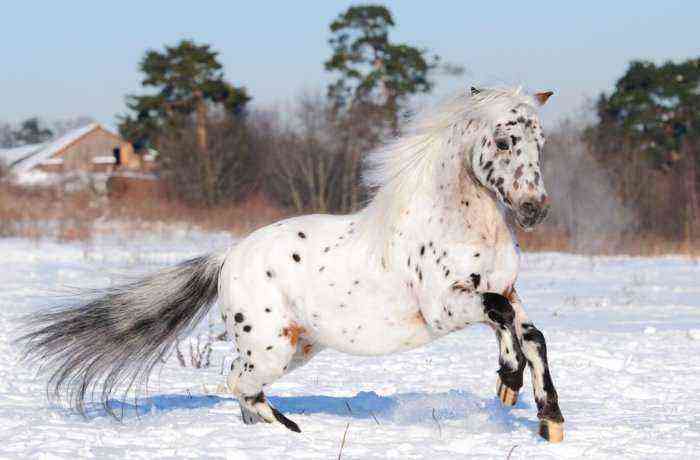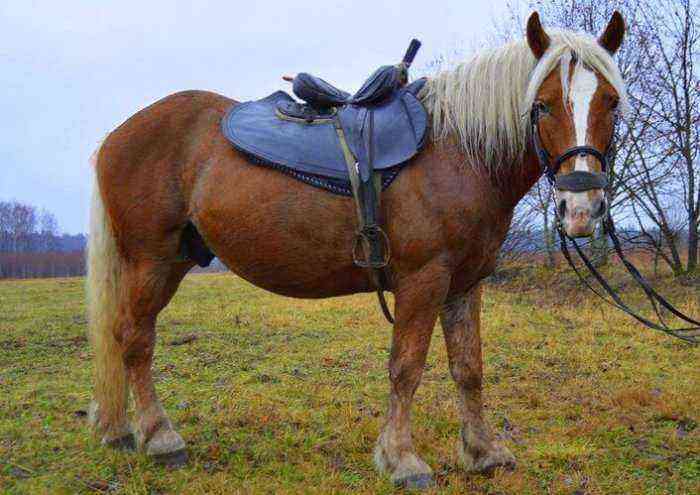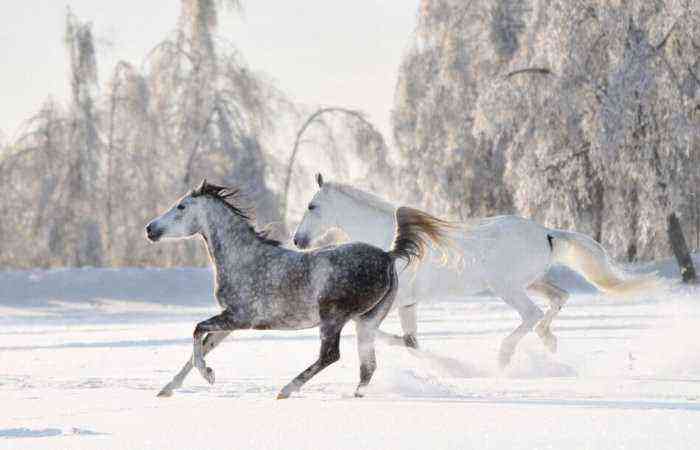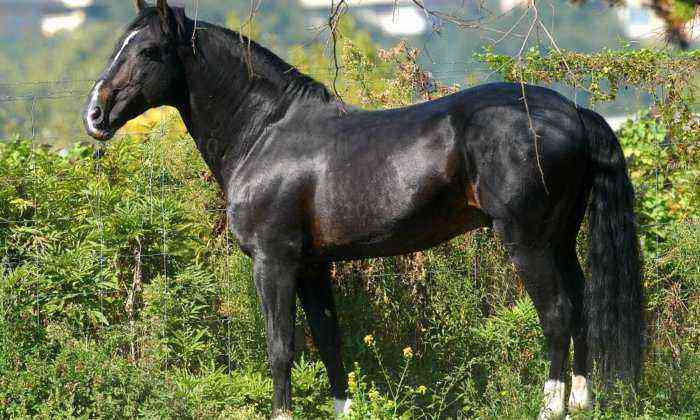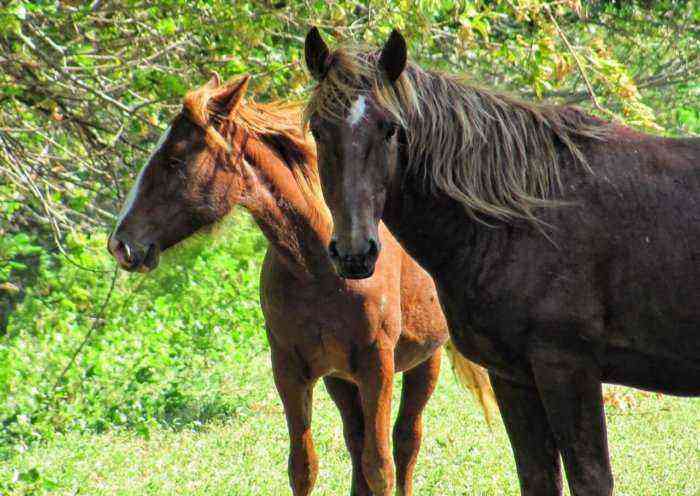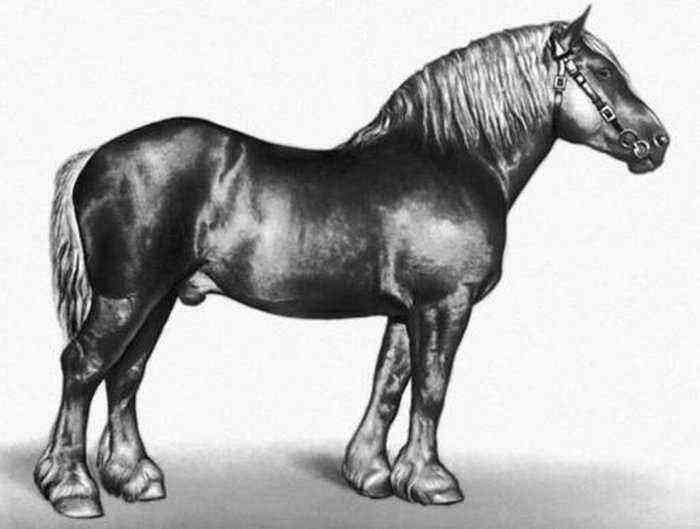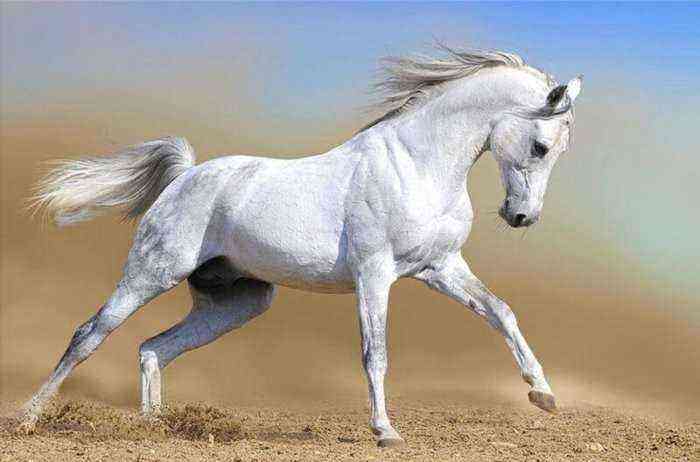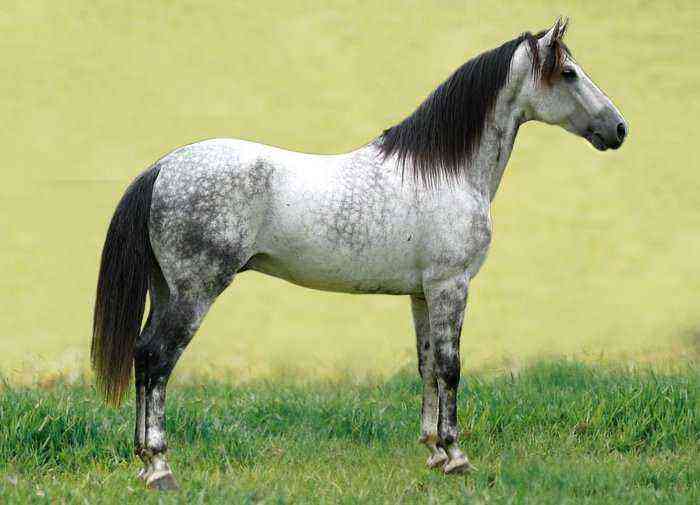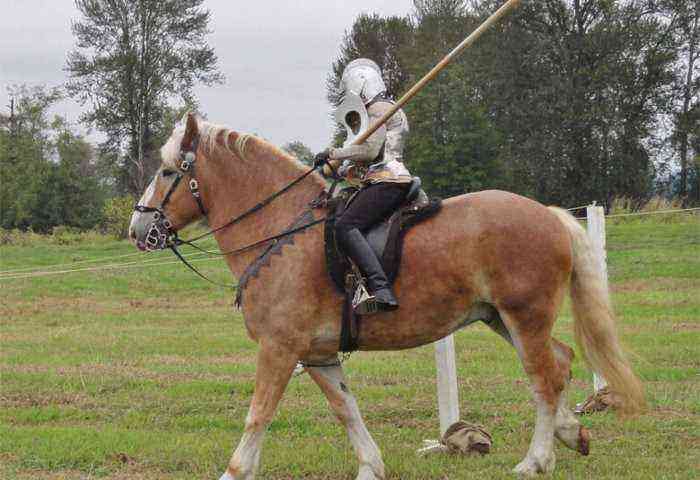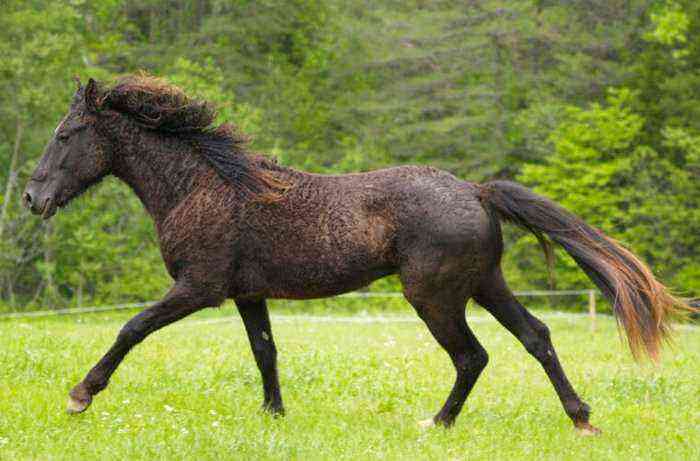The Abaza breed of horses was highly valued in the Caucasus, because only these horses were adapted to local geographical conditions and difficult terrain. In historical and fiction literature describing the life of mountain peoples, the authors paid a lot of attention to these animals, highlighting their strength, endurance and efficiency.
Abaza horses
The role of horse breeding for the Abaza people
The most important factor explaining the need of the Abaza to breed horses was the natural conditions in their places of residence:
- Rough winding paths.
- Steep descents and ascents.
- Hard ground on the roads.
- Short daylight hours.
- Constant change in temperature.
Another factor that played a role in the need to use hardy and strong horses was the periodic wars that took place between the Abaza and neighboring peoples.
The way highlanders value horses has been repeatedly sung by travelers, writers and poets. So, according to Edmund Spenser, there is no people in the world who would “understand” and “feel” horses better than Abaza and Circassians. This attitude, combined with the need for horse breeding, led to the emergence of unique Abaza horses. In the XNUMXth century, these animals gained fame outside the Caucasus.
Only representatives of the aristocratic estates were engaged in breeding Abaza horses, each of which assigned the herd its own name (derived from the surname). Also, the horses were necessarily marked with a family brand. Especially popular was the Tramov breed, bred by the princes Tramov. Eyewitnesses describe them as tall, unusually beautiful animals with an interesting color: white spots on the muzzle, mane and tail. Such horses have long been considered one of the best among other Caucasian horses.
Later, the animals began to be sold to Austria, Poland, Turkey, the countries of the Persian Gulf. Among the mountain nobility, Abaza horses were considered the best gift. So, Kabardian princes often presented animals to Moscow rulers.
Advantages of the breed
Abaza horses are widespread due to the following qualities:
- Dexterity, energy, the ability to overcome considerable distances.
- Undemanding to food.
- Endurance. Animals calmly endured sharp temperature changes, typical for mountainous areas.
- Excellent physical development.
- Sensitive hearing and sense of smell – the animals instantly felt the danger. This was especially true, since the Abaza were often attacked by nomadic and other settled tribes.
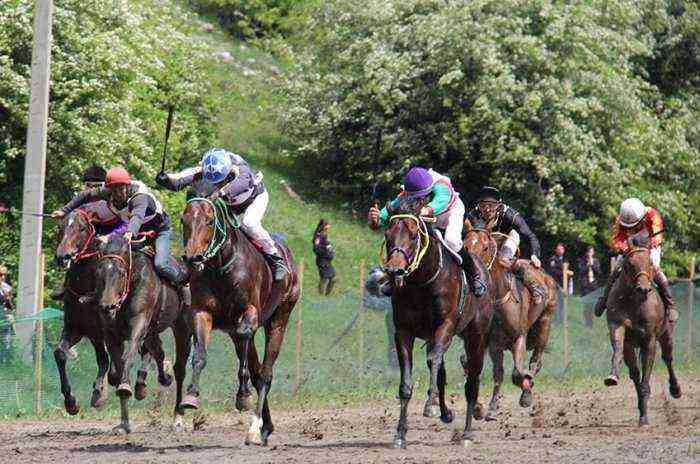
Abaza horses
Abaza horses in a matter of days “adapted” to the rider, almost never showed an obstinate character and easily endured even extreme inconvenience. The Abaza used horses to move and transport goods along narrow roads and mountain passes. Thanks to the efforts of several generations, these animals have reached perfection. When visiting the sparsely populated corners of the Caucasus, travelers from other regions noted the perseverance and efficiency of horses.
Descendants of Abaza horses
It is believed that Abaza horses completely disappeared at the beginning of the XNUMXth century. However, according to some sources, animals in single copies still survived, not only in the Caucasus, but also outside of Russia.
Caucasian breeders purchased Abaza horses to improve the breed of their own horses. Striking examples of such crossing are the Karachay and Kabardian breeds, each of which deserves special attention.
Reference. The most famous descendants of the Abaza horses are the Karachai and Kabardian horses, which are successfully used in agriculture, equestrian sports, and the military sphere. And residents of mountain settlements still use animals as an alternative to vehicles.
Karachay breed
These animals appeared by crossing the best representatives of the Abaza and Kabardian breeds. The highlanders needed dexterous, unpretentious animals that could instantly adapt to unpredictable weather conditions. Karachay horses fully corresponded to these characteristics. Despite their short stature, they steadfastly endured the “whims” of nature and confidently moved through the mountains. Karachay horses were actively involved in the war years, in particular during the defense of the Caucasus.
The fact that animals belong to “traditional” rocks is visible to the naked eye. This is indicated by the following characteristics:
- Small stature (average height at the withers – 1 m.).
- Wide, massive body.
- Short limbs.
- Muscular body.
Among the representatives of the breed, dark colors predominate: black, bay, etc. Light spots on the body of an animal are a rare occurrence.

Karachay horses
By nature, Karachay horses are obedient, devoted to the owner, unpretentious in nutrition. They are ideal for riding, agriculture, mountain tourism. Even now, horses are used in a number of military units, for example, in the border troops. Most actively animals are bred in the “historical” region – Karachay-Cherkessia, but they are also of interest to other Russian republics.
Kabardian breed
The history of the emergence of Kabardian horses is filled with a lot of interesting facts and conjectures. This breed is considered one of the oldest – it was known about it in the XNUMXth century.
Kabardian horses quickly adapt to any climate conditions, calmly withstand changes in temperature and pressure in the mountains, and remain stable even on narrow paths. Mountain peoples value horses for their high efficiency, energy, and amazing endurance. Animals perform well both under saddle and in harness, which makes them versatile.
The appearance of Kabardian horses is characteristic of rocks:
- Height – from 1,50 to 1,60 m at the withers.
- Broad chest, developed body.
- Limbs with distinctly expressed muscles.
- Strong hooves.
- Thick mane and tail.
Highlanders prefer bay, gray or black animals – they are considered the most hardy and strong. However, there are Kabardian horses of red or variegated color.
Now Kabardian horses are popular in equestrian sport. They excel at long distance runs. And the good-natured nature, complaisance and friendliness of animals allow them to be used in circus performances, tourism, and entertainment programs.
Abaza horses, like their direct descendants, are a combination of incredible strength, courage, perseverance and affection for a person. With a friendly attitude, they demonstrate loyalty to the owner even in the most extreme situations. And if we add to these qualities the unpretentiousness of animals and strong immunity to various diseases, it becomes obvious why the demand for rocks is only increasing every year.
